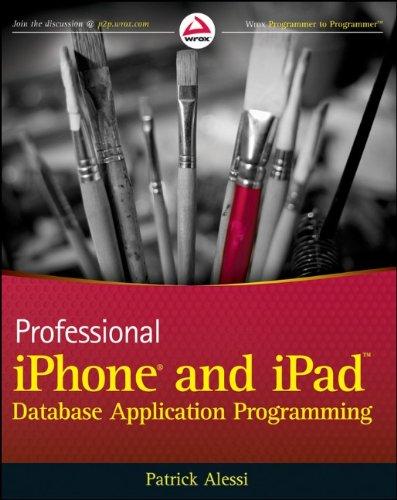Answered step by step
Verified Expert Solution
Question
1 Approved Answer
To create an effective R Markdown slideshow presentation that adheres to the specified requirements, follow this structured approach: Presentation Title: Choose a concise and descriptive
To create an effective R Markdown slideshow presentation that adheres to the specified requirements, follow this structured approach: Presentation Title: Choose a concise and descriptive title that clearly reflects the theme of your analysis. Introduction or Problem Statement: Begin with a clear statement of the problem or research question your analysis addresses. Provide a brief background, define key terms, and explain the significance of the problem to set the stage for your analysis. Data: Collection: Describe how and where the data was collected, including any relevant details that would allow someone else to replicate the process. Mention the data source if it is an open dataset. Variables: List the key variables involved in your analysis, explaining each one's role and importance. Preprocessing: Detail any steps taken to clean or preprocess the data, such as handling missing values or outliers. Descriptive Statistics and Visualization: R # Example of R code for descriptive statistics summarydata # Example of R code for visualization plotdata$variable Summarize the key variables using appropriate statistical measures and visualizations. Discuss any notable features of the data and how you addressed issues like missing data or outliers. Hypothesis Testing and Confidence Interval: R # Example of R code for hypothesis testing ttestdata$variable, alternative "greater" State the null and alternative hypotheses, check assumptions, and apply the appropriate statistical tests. Report pvalues, confidence intervals, and interpret these results in the context of your research question. Categorical Association: R # Example of R code for chisquared test chisq.testtabledata$category data$category Apply tests to explore associations between categorical variables. Interpret the results and significance in relation to your analysis. Regression Analysis: R # Example of R code for regression analysis lmresult lmdependentvariable ~ independentvariable, data data summarylmresult Conduct regression analysis, stating any hypotheses and checking assumptions. Discuss the fit of the model and significance of predictors. Discussion: Discuss the major findings from your analyses, highlighting the strengths and limitations of your approach. Suggest possible directions for future research and emphasize the key takeaway message from your study. References: List all references used in your presentation in a proper citation format to acknowledge sources and enable further reading. By following this structured outline and using the provided R Markdown syntax, your presentation will be wellorganized, informative, and compliant with the given instructions
To create an effective R Markdown slideshow presentation that adheres to the specified requirements, follow this structured approach:
Presentation Title: Choose a concise and descriptive title that clearly reflects the theme of your analysis.
Introduction or Problem Statement: Begin with a clear statement of the problem or research question your analysis addresses. Provide a brief background, define key terms, and explain the significance of the problem to set the stage for your analysis.
Data:
Collection: Describe how and where the data was collected, including any relevant details that would allow someone else to replicate the process. Mention the data source if it is an open dataset.
Variables: List the key variables involved in your analysis, explaining each one's role and importance.
Preprocessing: Detail any steps taken to clean or preprocess the data, such as handling missing values or outliers.
Descriptive Statistics and Visualization:
R
# Example of R code for descriptive statistics
summarydata
# Example of R code for visualization
plotdata$variable
Summarize the key variables using appropriate statistical measures and visualizations. Discuss any notable features of the data and how you addressed issues like missing data or outliers.
Hypothesis Testing and Confidence Interval:
R
# Example of R code for hypothesis testing
ttestdata$variable, alternative "greater"
State the null and alternative hypotheses, check assumptions, and apply the appropriate statistical tests. Report pvalues, confidence intervals, and interpret these results in the context of your research question.
Categorical Association:
R
# Example of R code for chisquared test
chisq.testtabledata$category data$category
Apply tests to explore associations between categorical variables. Interpret the results and significance in relation to your analysis.
Regression Analysis:
R
# Example of R code for regression analysis
lmresult lmdependentvariable ~ independentvariable, data data
summarylmresult
Conduct regression analysis, stating any hypotheses and checking assumptions. Discuss the fit of the model and significance of predictors.
Discussion:
Discuss the major findings from your analyses, highlighting the strengths and limitations of your approach. Suggest possible directions for future research and emphasize the key takeaway message from your study.
References:
List all references used in your presentation in a proper citation format to acknowledge sources and enable further reading.
By following this structured outline and using the provided R Markdown syntax, your presentation will be wellorganized, informative, and compliant with the given instructions
Step by Step Solution
There are 3 Steps involved in it
Step: 1

Get Instant Access to Expert-Tailored Solutions
See step-by-step solutions with expert insights and AI powered tools for academic success
Step: 2

Step: 3

Ace Your Homework with AI
Get the answers you need in no time with our AI-driven, step-by-step assistance
Get Started


